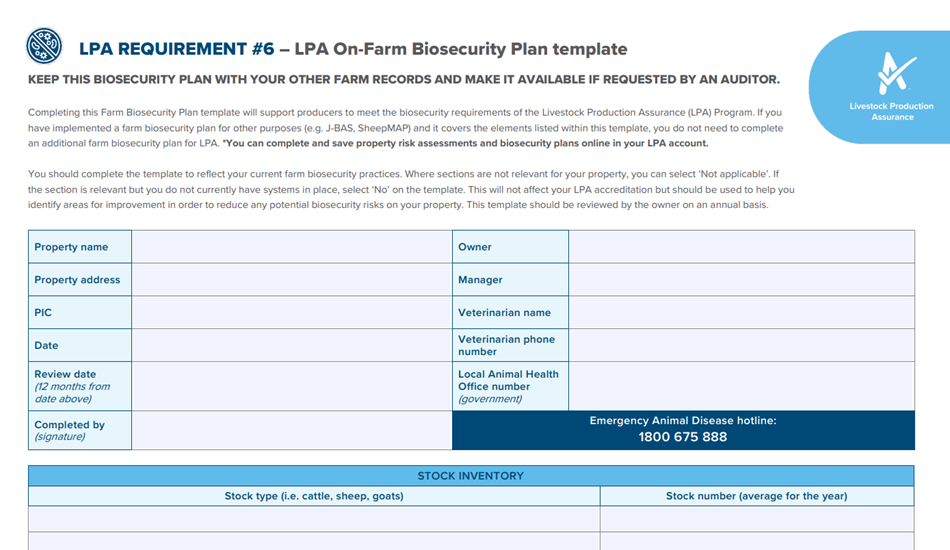Ensure your biosecurity plan is up-to-date
08 July 2022
-Min Read
- Australia is currently free from some of the world’s worst animal diseases
- An infectious disease outbreak would have significant trade and environmental impacts, meaning Australia may no longer be recognised for our clean, green and high-quality red meat status
- Completing a Farm Biosecurity plan is the first step to protecting your business, your livelihood and that of the wider industry.
